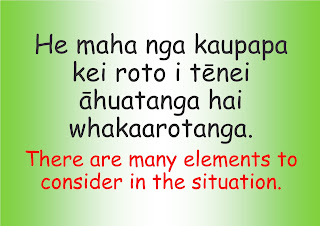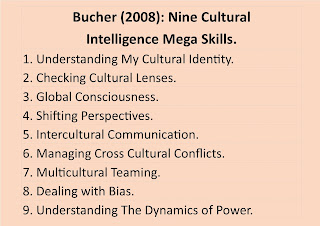To understand indigenous knowledge, people need to accumulate their own personal understanding of ‘culture’. Yes, it is the characteristics of a group of people, their music, dance, food and art. However, it is so much more. When applying the Mauri Model, I consider myself as sitting at the Mauri Ora level, the state of being actively engaged. My cultural framework is strong. I do not take on the perceptions of others, I have an open mind and develop my own understandings by being a listener and an observer. Gay (2010) defines culturally responsive pedagogy as teaching ‘to and through students’ personal and cultural strengths, their intellectual capabilities, and their prior accomplishments’ (p. 26). I believe this is the case, the bottom line. To be an effective cultural facilitator, you need to consider where you sit in relation to the Nine Cultural Intelligence Mega Skills, as identified by Bucher (2008). On reflection, I can check off numbers 1 to 8. A key contributin...





